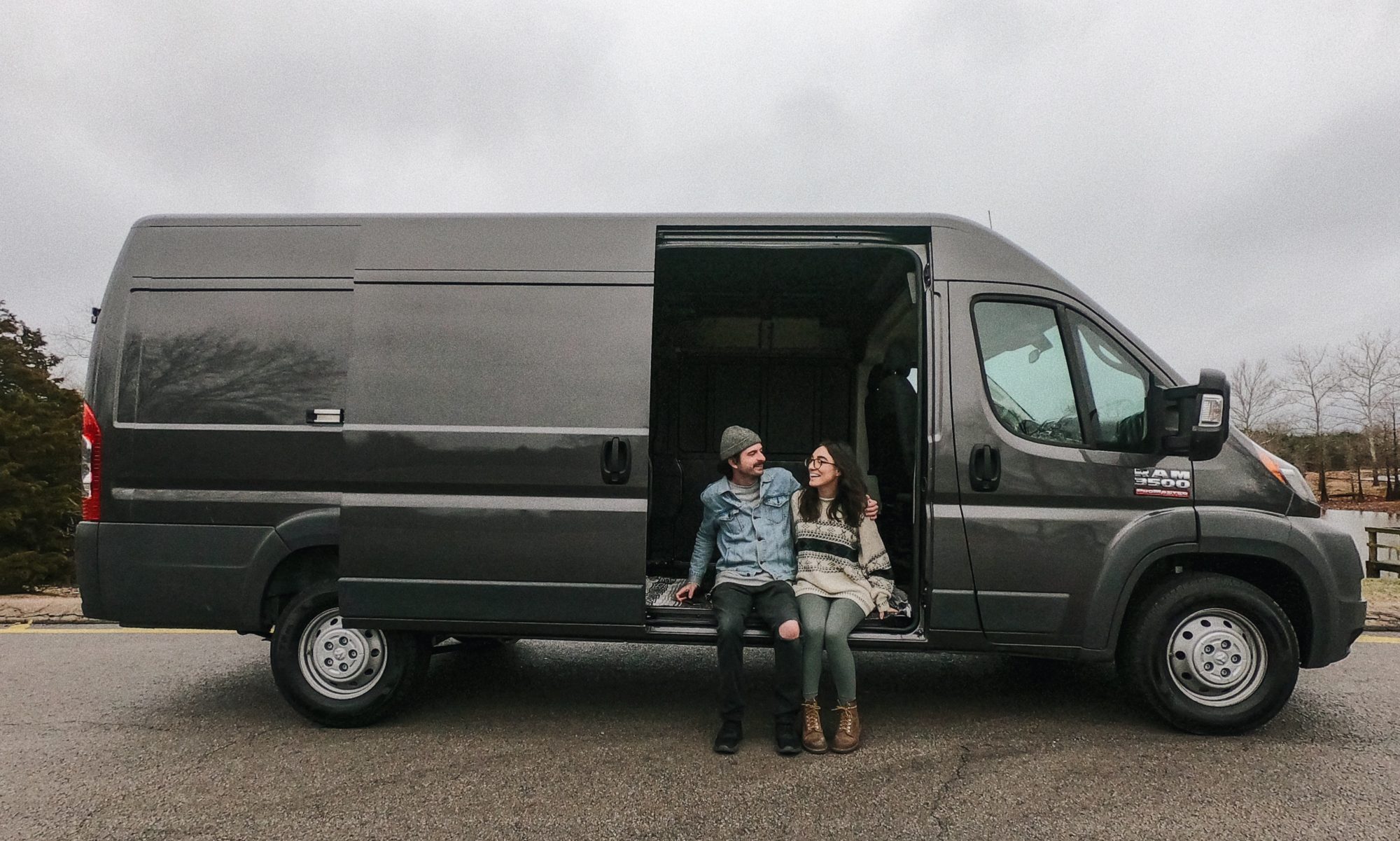Solar and electrical can be one of the most intimidating parts of a van build. The big question is “How much solar do I need?” The first step would be to use an energy calculator, we recommend the one from RV Solar Connections which can be found under ‘Resources’. Once you get an idea of how much you’ll need to power everything, you’ll want to start designing your system. There are tons of guides online but if you are feeling intimidated you may want to hire it out. A lot of our clients tell us how relieved they feel to have us design and install their systems. If there’s any part of the build I would suggest hiring out it is definitely electrical. Making sure your system is safe, with high-quality components and the correct wire sizes is crucial. We’ve learned from experience as well as seen other builds that have used more budget-friendly Amazon “knock-off” components which can lead to melting and fire hazards. So we will always suggest using Victron energy components, marine grade wire, and Blue Sea Systems fuses.


photos by @valerienoell
Another key part before purchasing your electrical system is making sure you are buying your components through an authorized distributor to ensure you will have tech support. A lot of times buying Victron components on Amazon leaves you with no support. That’s why we work with RV Solar Connections, certified Victron specialists & distributors for all of our builds and client builds to ensure you’ll have lifetime support! It’s great peace of mind knowing if something were to come up on the road you have a team of people who can tap into your system and help diagnose any issues/ change settings. We only recommend Victron to our clients for their high quality, reliable products as well as being user-friendly, with Bluetooth compatibility. In our opinion, it’s worth it to invest in a better system upfront rather than pay for it down the line and risk safety.


Need help designing your solar system?
Need someone to check if your wire sizes and fuses are sized correctly?
Please reach out for consulting or if you’d like to hire us for design or installation at thehuntersvanlife@gmail.com.
If you are planning to order from RV Solar Connections please send us a message before placing your order so we can send you a little gift! 😉

*As an affiliate for RV Solar Connections, we earn a commission off qualifying sales.



















































































